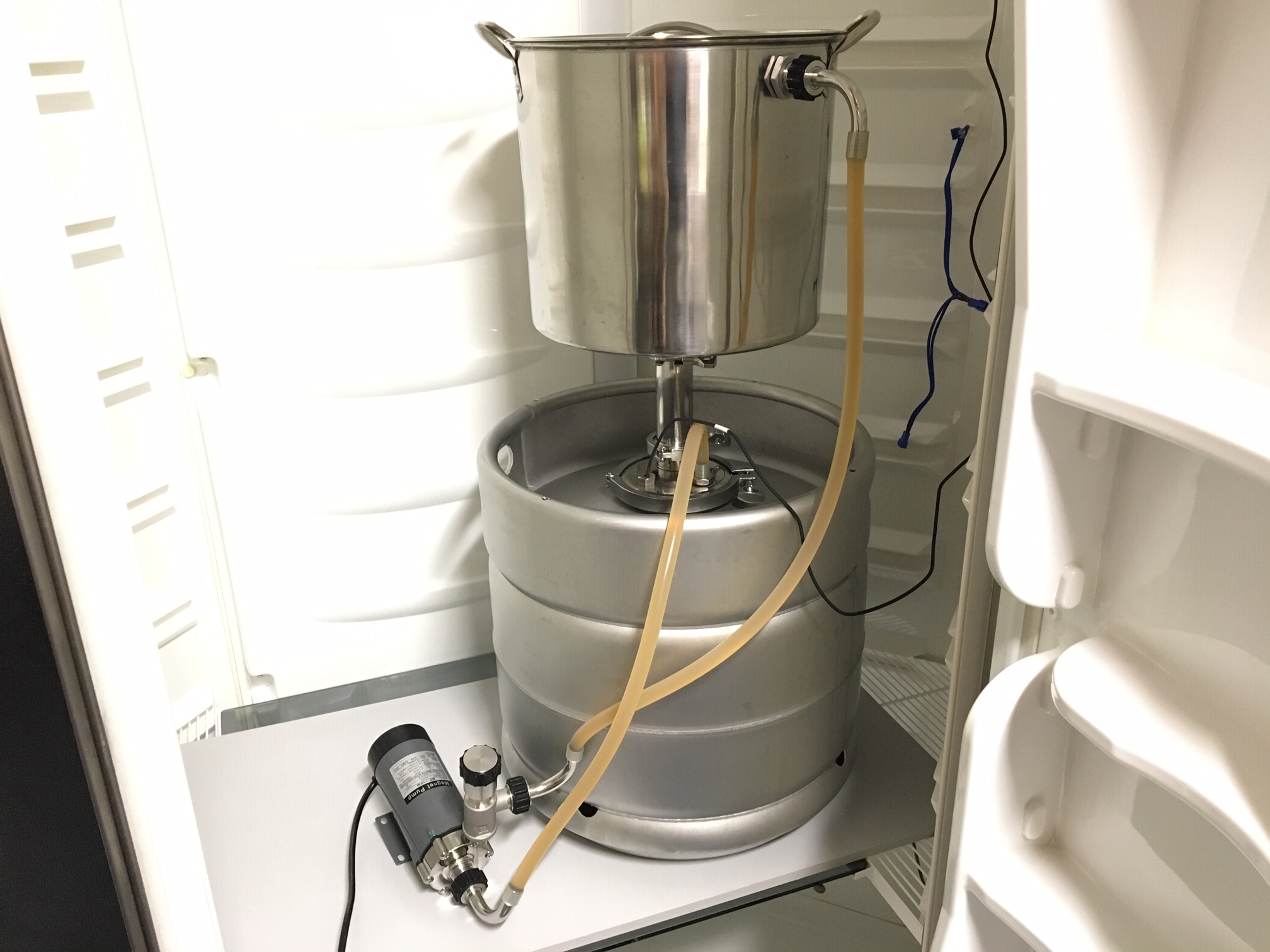Awesome! Thank you for this. It is the issue of historical brewing, early beers were often smokey and sour, but were drank because many water sources contain detrimental bacteria, beer/wine etc contain alcohol, and it isn’t likely to make one violently ill or die… kinda tastes bad, but helps you feel good. Through modern sanitation and better quality ingredients (including singular yeast strains) we can produce better beer compared to many historical styles, right?
Now those new brewers, that OP is addressing have the choice of using various commercially available Kveik strains with quality ingredients and proper sanitation, to possibly produce a good beer. I say possibly because good beer is also dependent on the process, not just the ingredients.
I have used the strain Opshaugh from WLP which was very clean and I know of at least one microbrew locally that uses Kveik to have faster turnaround their brewery is quite popular, and they run out of beer at times.
Sorry, I missed this post for some reason. The historical take on the potentially less risky business of drinking alcohol rather than water might appear logical in overcrowded places like historical London without bogs and other densely populated cities, but Norway has always been among the most sparsely populated areas on the periphery of Europe, with net emigration for a thousand years, beginning with Iceland and Britain as Norse refugees fled illiterate pillaging savages and all the biting, blood-sucking insects. A utopia for the damned. Due to its miserable Atlantic climate on the west coast, westerlies and predominantly mountainous landscape there’s never been a shortage of water, including safe drinking water. What Norway lacks - so desperately - is arable land. It has so little arable land Norway ranks as one of the least self-sufficient countries in the world today, even though its population is relatively tiny. It’s a mystery why none of its oil ‘wealth’ has been invested wisely in innovating farming in Norway, to promote food security in Norway for Norwegians, that is. The most reliable starch-rich crop to be grown in Norway for about the last 200 years is the spud. The potato. Malted barley for brewing would have been an imported luxury, if anything, historically, given the unforgiving climate, destitute poverty, Viking-like corruption and persistent threat of hunger. Cultural development just doesn’t get inspired much by this kind of harsh environment on the periphery of civilisation. It doesn’t matter how much amateur historians try to fluff it up and express denial about small matters like supporting evidence. They’re just storytellers at the end of the day.
There’s a good reason why kveik yeast behave just like distiller’s yeast and, in my opinion, aren’t particularly suited for making beer generally. Certainly not the best choice out there. Artificial selection over generations of ‘hjemmebrent’, which translates into ‘home burnt’. Think home distilling. Spud moonshine, which has had a much bigger cultural impact on Norway than hypothetical ‘farmhouse ales’ since Danish rule ended and Norway adopted the spud as its principal crop. This is the unromantic reality of Norway's beer heritage, which doesn’t require anything to be pulled out of a magic hat in the blogosphere or anywhere else. No assumptions, exaggerations or embellishments. No outrageous speculations. No fallacies. No ‘what a load of bollocks!’ Unlike beer, hjemmebrent spud moonshine is well documented in Norway. There were thousands of registered distilleries in Norway during the 19th century (when the population was considerably smaller than today) and probably as many unregistered, especially after it became taxable then illegal.
In my mind, there are two types of people who promote kveik these days. Those who aim to make money from selling it, or something fermented by it, with a crafty ‘Viking’ reference printed somewhere on the label, no doubt; and those who have been led up the garden path to adopt romantic beliefs about Norway being a notable beer nation. I can assure you, Norwegian beer is as miserable as the bloody weather. Worse, in fact. The potato whiskey (aquavit) on the other hand is wonderful stuff. In fact, aquavit and gin are the only spirits I actually enjoy.
Fact is, a consensus has already formed among experienced home brewers - kveik isn’t all it’s cracked to be by the marketing spiel based on romantic stories. The often claimed benefit of ‘not requiring temperature control’ falls flat on its arse when we consider how affordable and easy temperature control has become for home brewers. Nope, I’ll maintain my honest opinion that a novice home brewer is much better advised to pitch a dry yeast other than a kveik, unless he or she aims to brew a Norwegian ‘farmhouse ale’ or perhaps even a Norwegian spud moonshine. Now we’re talking, aye?
Skål!





